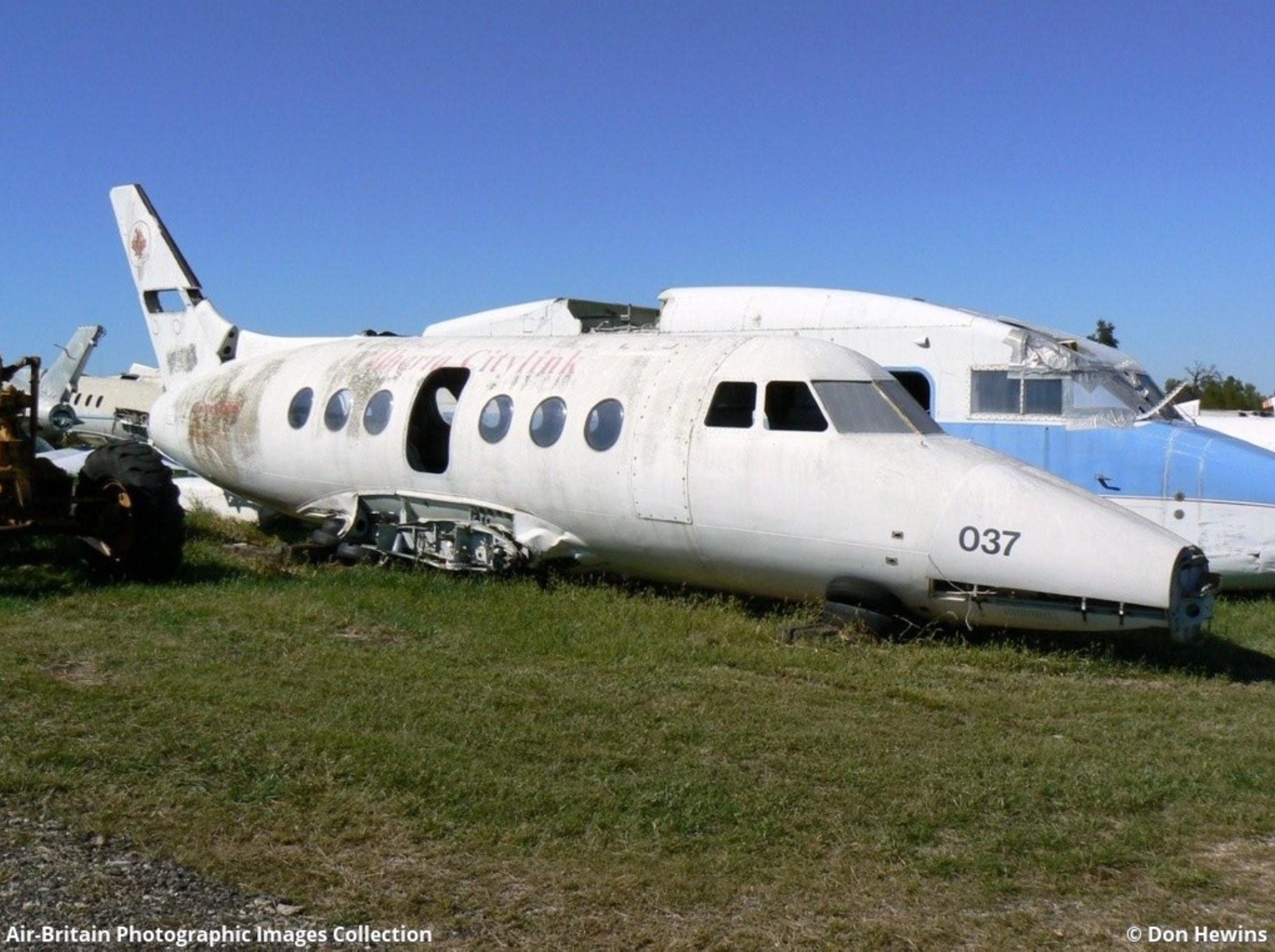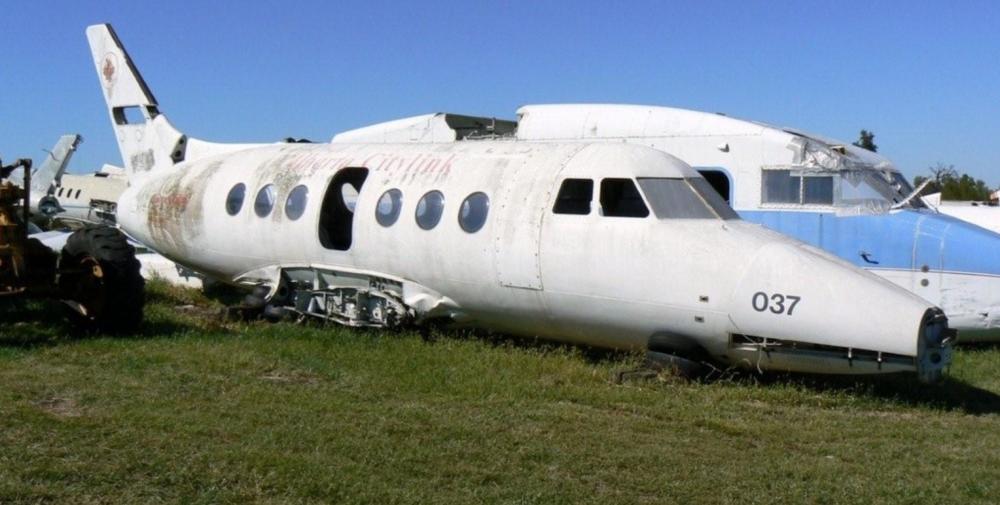Date & Time:
Jan 20, 1998 at 1810 LT
Type of aircraft:
BAe Jetstream 31
Registration:
C-FBIE
Flight Phase:
Landing (descent or approach)
Flight Type:
Scheduled Revenue Flight
Survivors:
Yes
Schedule:
Calgary - Lloydminster
MSN:
815
YOM:
1988
Flight number:
ABK933
Country:
Canada
Region:
North America
Crew on board:
2
Crew fatalities:
0
Pax on board:
13
Pax fatalities:
0
Other fatalities:
0
Total fatalities:
0
Captain / Total hours on type:
635
Copilot / Total hours on type:
151
Aircraft flight hours:
16180
Circumstances:
At 1700 MST, Alberta Citylink flight 933, C-FBIE, a British Aerospace Jetstream 31, serial number 815, took off from Calgary, on a scheduled flight to Lloydminster, Alberta. The aircraft carried a two-pilot crew, 13 passengers, and 250 pounds of freight and baggage. A non-precision automatic direction finder (ADF) approach was conducted to runway 25. The first officer was flying the approach, and when the runway environment became visual, the captain took control, requested 35 degrees of flap, and commenced the final descent to the runway. On touchdown, the left main landing gear collapsed and both propellers struck the runway surface. The aircraft slid along the runway on the belly pod for about 1 800 feet, and when the left wing contacted snow on the edge of the runway, the aircraft turned about 160 degrees. The passengers and crew evacuated through the over-wing exit. There was no fire and no injuries. The Board determined that an unstabilized approach resulted in a heavy landing because the captain changed the configuration of the aircraft, and the high rate of descent was not arrested before contact was made with the runway surface. Contributing to the high rate of descent were the reduction of engine power to flight idle, airframe ice, and the time available for the final descent. Contributing to the damage on landing was the left-to-right movement of the aircraft.
Probable cause:
An unstabilized approach resulted in a heavy landing because the captain changed the configuration of the aircraft, and the high rate of descent that resulted was not arrested before contact was made with the runway surface. Contributing to the high rate of descent were the reduction of engine power to flight idle, airframe ice, and the time available for the final descent. Contributing to the damage on landing was the left to right movement of the aircraft.
Final Report:
C-FBIE.pdf380.53 KB


